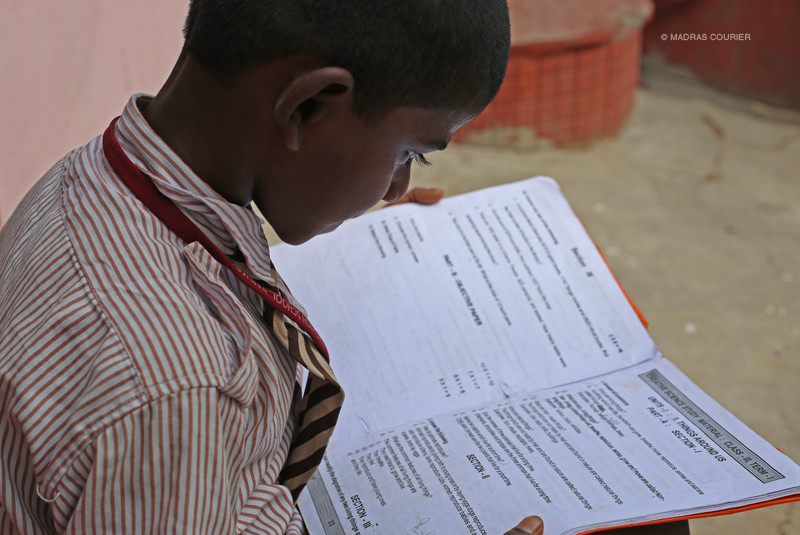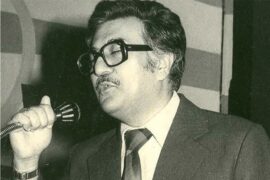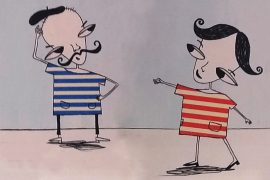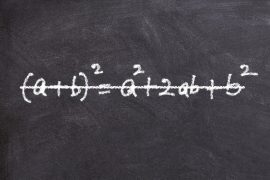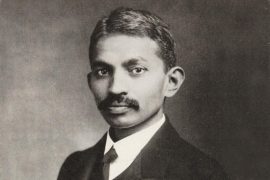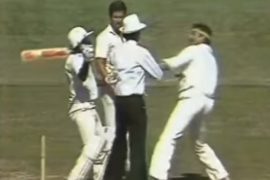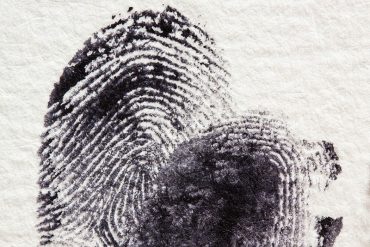In 2009, the United Progressive Alliance (UPA) government announced its flagship program – a fundamental right to education for India’s 159 million children (below the age of six, as per the 2011 Census). The Right of Children to Free and Compulsory Education Act guaranteed every child from the age of six to fourteen the right to free and compulsory education.
The act read as an indictment of existing (failed) efforts to include India’s poor in the education system. Children who had already missed out on early schooling were to be admitted as per their age. Those who needed a transfer certificate were not to be denied admission on the basis of delay. Where there were no schools, the government was to build them within three years.
Perhaps, most importantly, it mandated that private schools reserve a minimum of 25 percent of seats for children from poor backgrounds. It was clear that the act was positioned against a system that had dragged its feet at letting poor children study for free.
What began as a programme of promise has been revealed to be one of pilferage. The Comptroller and Auditor General of India have released its survey of the implementation of the Right to Education Act.
Copyright©Madras Courier, All Rights Reserved. You may share using our article tools. Please don't cut articles from madrascourier.com and redistribute by email, post to the web, mobile phone or social media.Please send in your feed back and comments to editor@madrascourier.com

